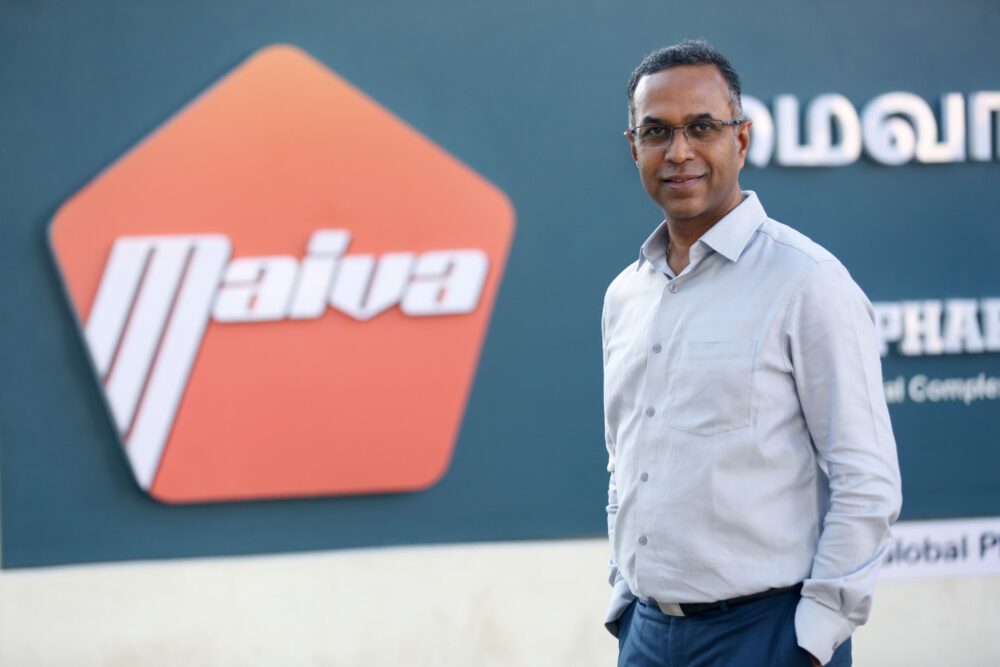BEIJING/HONG KONG — The Chinese government has greenlighted the merger of two major state-owned technology companies as it seeks to build bigger industrial groups that can better compete with U.S. and other rivals.
The State-owned Assets Supervision and Administration Commission of China’s State Council (SASAC) said Wednesday it has approved the integration of China Electronics Technology Group and China Putian Information Industry Group, better known as Potevio. The deal — described in one Chinese media report as creating an “IT aircraft carrier” — will make Potevio a wholly owned subsidiary of CETG.
Both are among China’s so-called central companies, a set of fewer than 100 core state-owned enterprises overseen directly by SASAC. Assets of central companies totaled 69.1 trillion yuan ($10.71 trillion) as of the end of last year, according to SASAC.
The megamerger is part of China’s efforts to establish supply chains for crucial industries that do not rely on other countries, particularly the U.S. By combining CETG and Potevio into a larger single entity, Beijing aims to concentrate more capital to invest in research and development.
CETG ranks 381st on the Fortune 500 list with annual turnover of $32.9 billion. This is expected to exceed $50 billion after the merger.
The company has close ties to the People’s Liberation Army, supplying products for all of the military’s information technology needs, including radar and other electronic equipment as well as IT infrastructure.
Concerns about American technology being used for military purposes led the U.S. to impose sanctions on companies within the group in 2018, including Hikvision, the world’s largest maker of surveillance cameras.
Potevio’s strengths lie in wireless communications and security. The company supplies semiconductors for government networks and telecommunications equipment. It is also involved in other strategic areas, such as providing hardware and software for smart cities and recharging services for new-energy vehicles.
The two have a total of 15 publicly traded companies — listed in Shanghai, Shenzhen and Hong Kong — under their control, while together employing over 220,000 people, according to their websites.
“After the merger, research and development resources of the two companies could be utilized in more efficient ways,” Liu Xingguo, researcher at China Enterprise Confederation, said in an interview with the Securities Times published on Thursday. “This will be beneficial for both as they could concentrate on achieving breakthrough in crucially vital technology in electronics and IT.”
Reforming state-owned enterprises is another important aspect of the reorganization. While seeking to combine companies in related fields to increase their scale, SASAC has been pursuing mergers to decrease the total number of corporations that it controls and streamline their operations over the medium to long term.
Peng Huagang, secretary-general of SASAC, told reporters in February that there were 12 pairs of mergers of central companies during the last five-year economic planning period until 2020, and the results were “on the whole were extremely evident.”
In the same press briefing in Beijing, SASAC head Hao Peng vowed that reorganization of big state-owned enterprises will continue under the new five-year period which kicked off this year, in order to make state capital and state companies “stronger, better and bigger.”
Two top state-owned chemical makers, Sinochem Group and ChemChina, completed a merger in May to form Sinochem Holdings. The new conglomerate is the world’s largest player in the sector with combined sales exceeding 1 trillion yuan, or $150 billion, and 220,000 employees.





